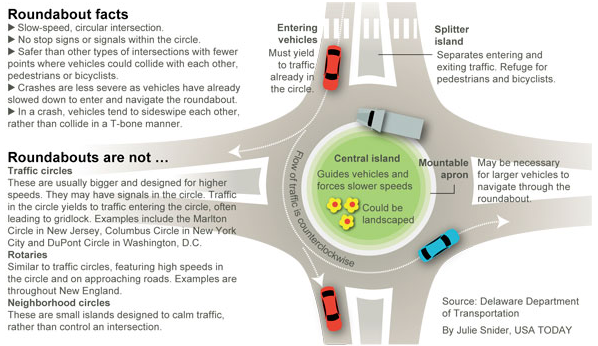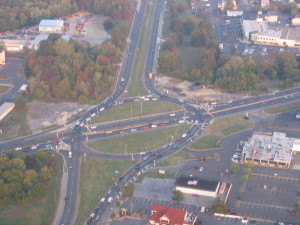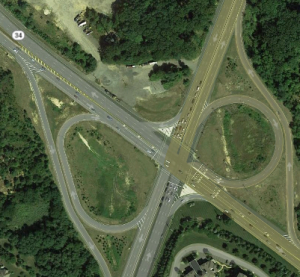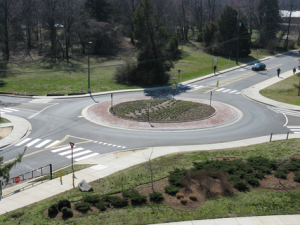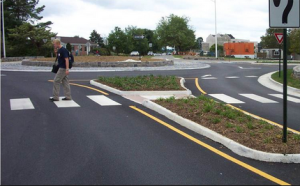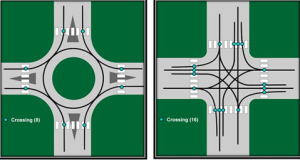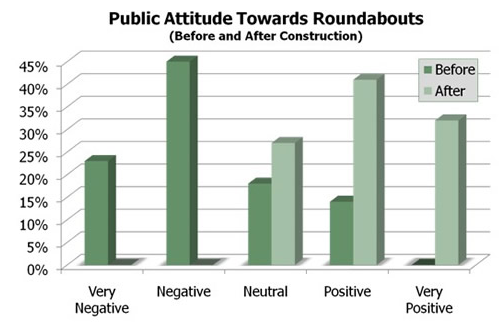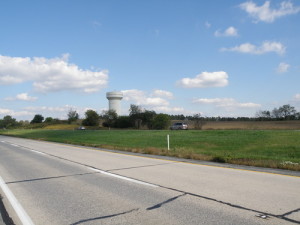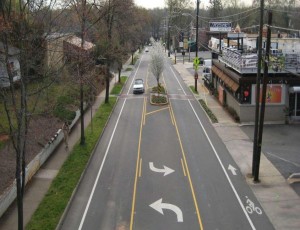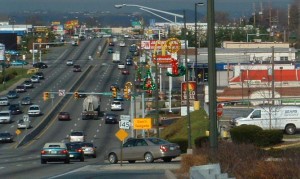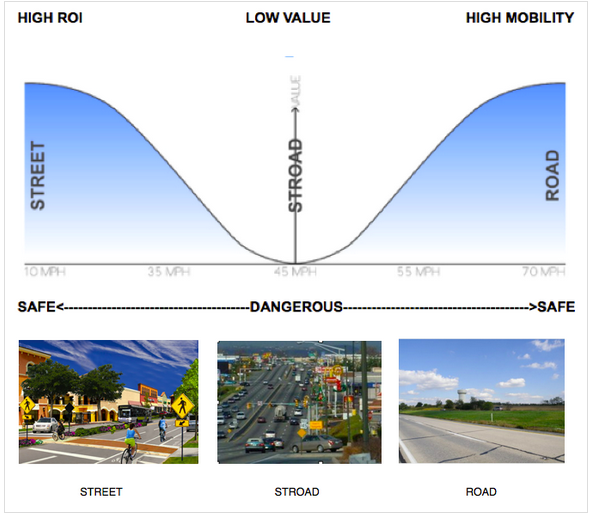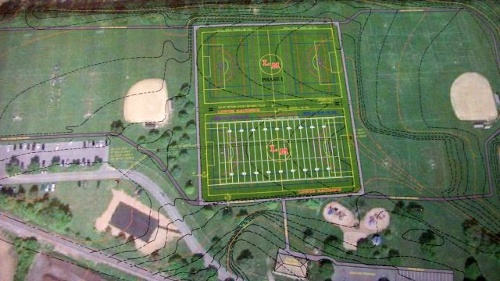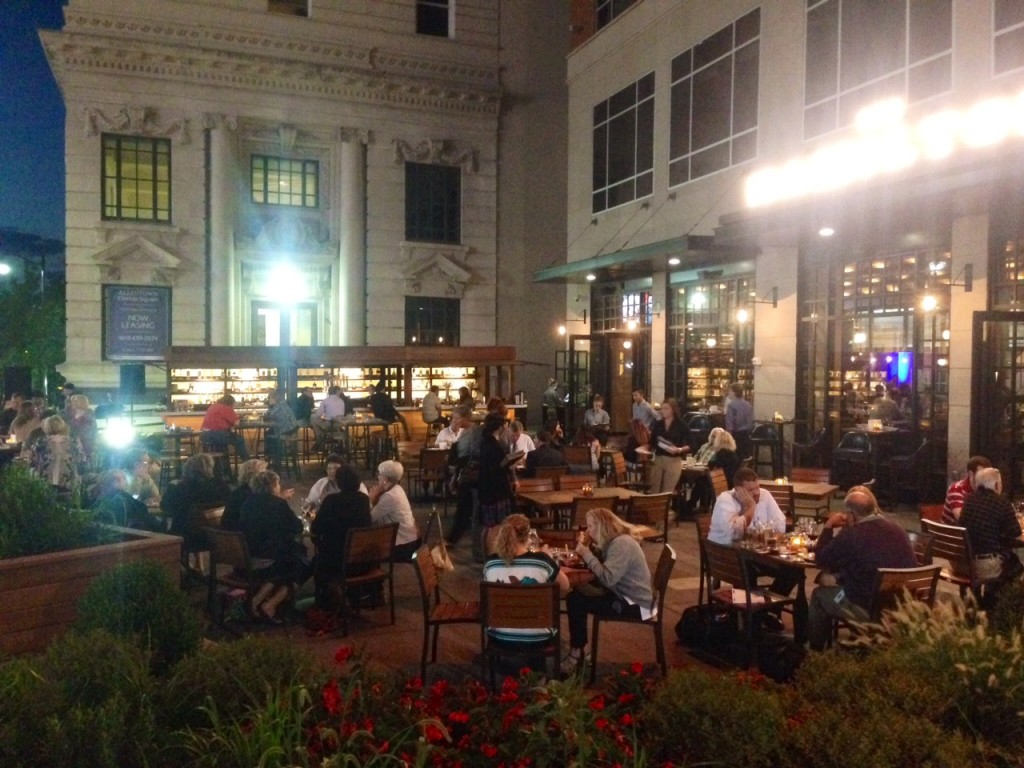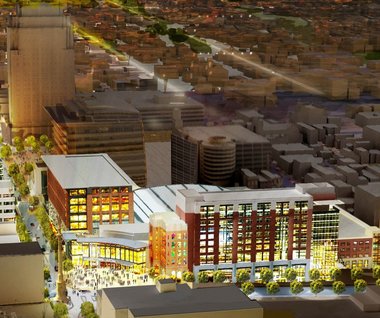I support most forms of ballot initiatives & referendums. Specifically on the local level and especially relating to local tax and spend decisions. Access to these tools should be expanded. Unfortunately, ‘Citizens in Charge’ a foundation that monitors initiative access ranks Pennsylvania one of the lowest in terms of ballot initiative rights.
The subject came up frequently here in Lower Mac over the last couple months in relation to open space funding and 3.3 Million dollar discretionary spending line for synthetic fields in the 2015 township budget.
In Pennsylvania:
- We can’t recall elected officials
- We have zero statewide initiative or referendum rights
- We cannot propose state constitutional amendments via amendment
- Silent majority has no access to final check & balance on Government through putting acts passed by legislators to a vote of the people.
- It is currently muddy in PA if citizens can even legally petition for non-binding advisory questions. Even if to simply to gauge resident sentiment.
We are one of the worse states in the union in terms of local referendum rights. Is it coincidence we suffer from some of the same issues as other states who also have very low referenda access scores?
Elected officials tend to dislike initiative processes because they see it as infringing on their monopoly authority to legislate. This often takes form of dismissive statements such as “I was elected to make the tough decisions“. This is one we heard recently. Another is “most people don’t vote“. Which kind of puts the person making that statement in a hypocritical position since they simultaneously discredit the very electorate that put them into a position of power in the first place. Not sure exactly how that works.
Of the many advantages to initiatives at the local level one of the most important is they create rigorous inquiry on questions of policy by placing issues squarely in front of voters. Rigorous vetting of major spending decisions was certainly something missing in Lower Macungie’s 2015 budget process which included a major discretionary capital spending plan. Studies have also consistently shown that ballot initiatives result in more people voting. So again, back to the claim that “not enough people vote”…Initiatives are actually one of the most sure fire ways to address voter apathy by giving residents a direct voice.
Although it’s definitely a bi-partisan sentiment many conservatives see initiative access as a much needed core reform. This includes Heritage Foundation co-founder Paul Weyrich.
Weyrich who passed away in 2008 wrote of critically needed reforms: “Conservatism should promote increased use of ballot initiatives and referenda, term limits, putting ‘none of the above’ on the ballot and ending legalized bribery under the name of campaign contributions.” – Paul Weyrich. (I just happen to be reading one of his books currently)
It’s certainly not just conservative groups. Many groups advocating for better government across the political spectrum openly advocate for initiative access. Typically those who take the biggest issues with initiatives (this includes activists on both sides of the aisle) are people who champion viewpoints that run counter to the silent majority. Obviously, these folks would not support the great public check and balance available in our system.
Our referendum question was laid to rest last thursday in Lower Macungie accompanied with the usual statements of “we were elected to make decisions” and “not enough people vote”, however I still enjoy the conversation about this issue and will remain an advocate for good Government.
If your interested in more information check out: citizensincharge.org/


